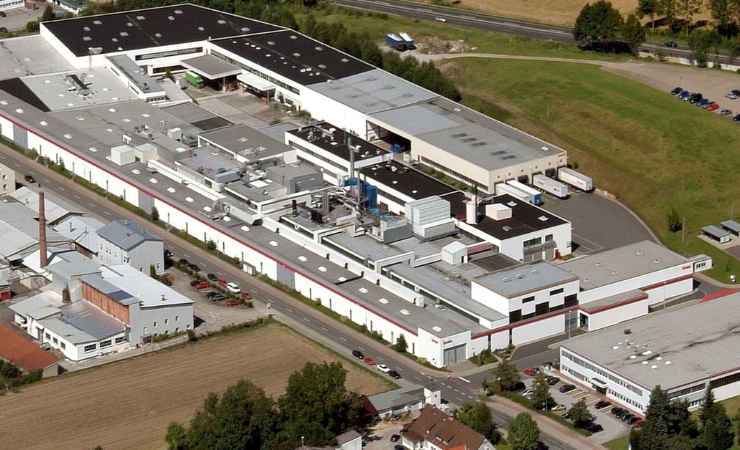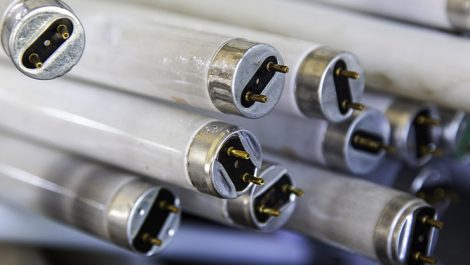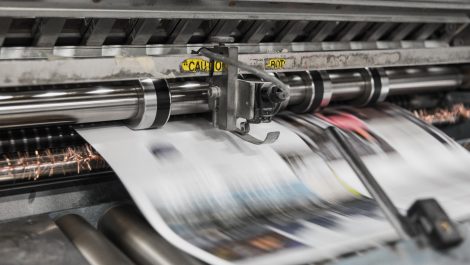It’s been clear for many years now that processless printing plates are the way forward to improve sustainability in the printing business. They are increasingly the preferred option for printing companies keen to cut their carbon footprints, as well as saving time and money. Kodak recently presented some compelling data to encourage more European customers to switch to process free plates, specifically to the Kodak Sonora Xtra plate. This plate is made in Germany at the company’s Osterode factory. Printing plates have been made here since 1962 for customers throughout the European continent.
Processless plates require less electricity, chemicals and water to process. The risk of plate defects is lower so processless plates can deliver faster make-readies and even a more stable dot shape. They don’t need a plate processing tank so in addition to the time savings and convenience, the prepress department has one less thing to maintain, clean and pay for. Kodak’s Sonora XTra also requires no gumming solution and can achieve target density on press within very few sheets.
But that a printing plate, like print, can be produced close to its point of use is a key sustainability consideration. Transportation is a major contributor to greenhouse gas (GHG) emissions, one that must be included in printed matter’s carbon footprint calculations. Cutting the transportation distances in any manufacturing and production model reduces overall environmental impact. Using locally produced consumables for print media production makes a big difference to a facility’s carbon footprint and that of the goods it produces. If the factory runs on green energy the calculation is even more favourable. All of these considerations matter for brand owners keen on support for their Environmental, Social and Governments (ESG) credentials,
Kodak’s factory in Osterode is certified to ISO 14001:2015 (environmental management systems) and ISO 50001:2018 for energy management. Raw materials are primarily sourced from local suppliers in Germany and Europe, and these companies obviously comply with European environmental and energy efficiency standards. They are nearby so transportation emissions are reduced. Chemicals and other materials are recycled at the Osterode plant and routes bringing plates to customers meticulously planned for maximum delivery efficiency.
Working with providers who are walking the sustainability walk as well as talking the talk is a choice printing companies should make. Not only does it make sense for the planet, it makes sense for the future of the printing and publishing industries. As long as consumers can choose print they will do so, but only if that choice does not add excess GHG emissions or compromise sustainability for future generations.
You can find more on this at https://www.kodak.com/en/print/blog-post/european-manufacturing-plates/, including a handy chart that compares the annual GHG emissions of Sonora plates with those of plates sourced from China.
Laurel Brunner
This article was produced by the Verdigris Project, an industry initiative intended to raise awareness of print’s positive environmental impact. This weekly commentary helps printing companies keep up to date with environmental standards, and how environmentally friendly business management can help improve their bottom lines. Verdigris is supported by the following companies: Agfa Graphics, EFI, Fespa, Fujifilm, HP, Kodak, Miraclon, RicohSplash PR, Unity Publishing and Xeikon.





